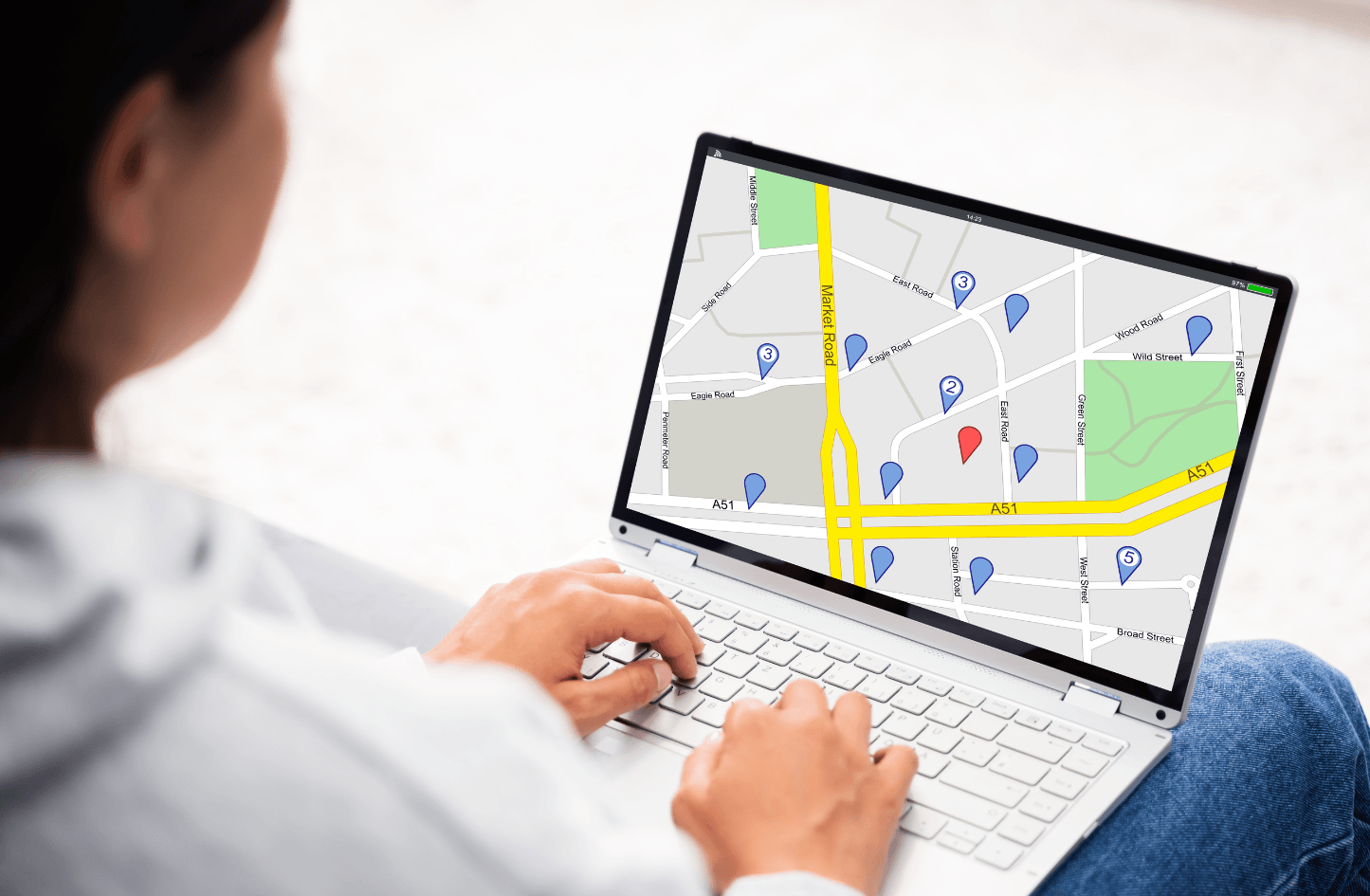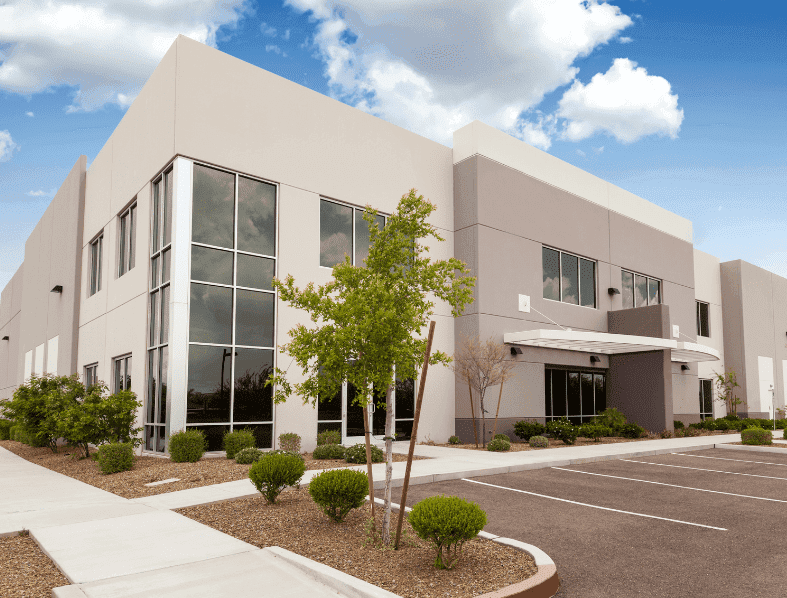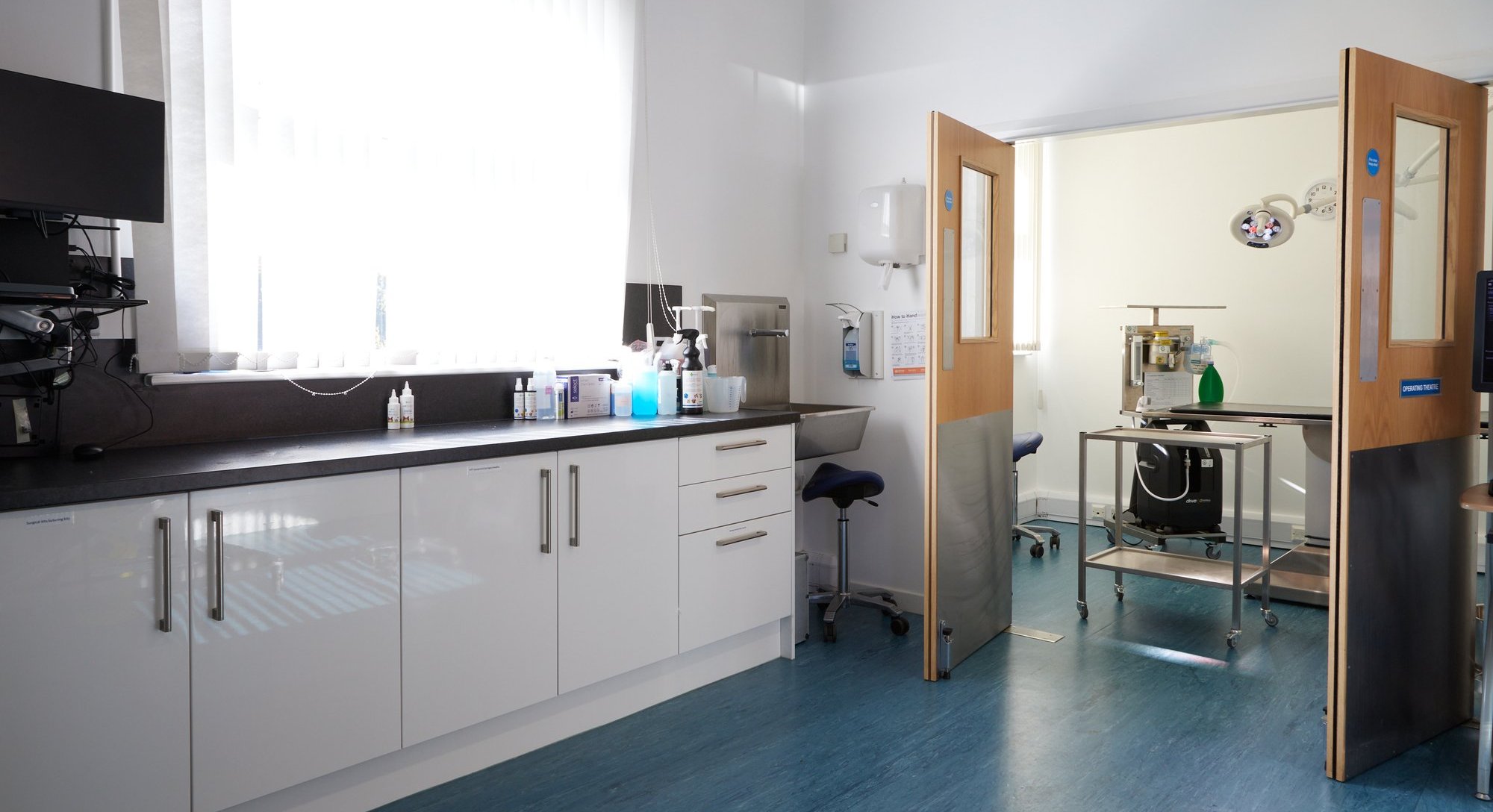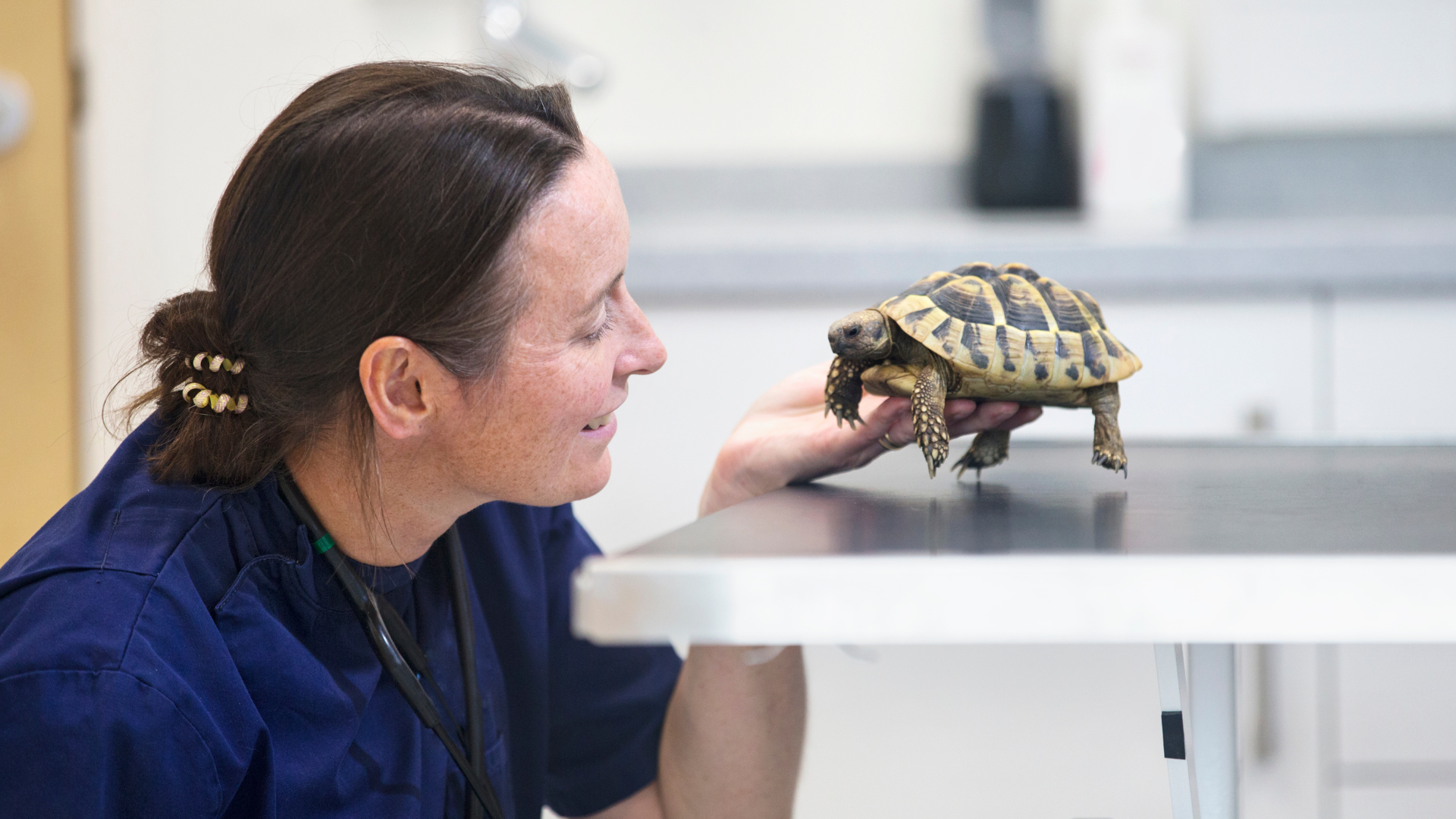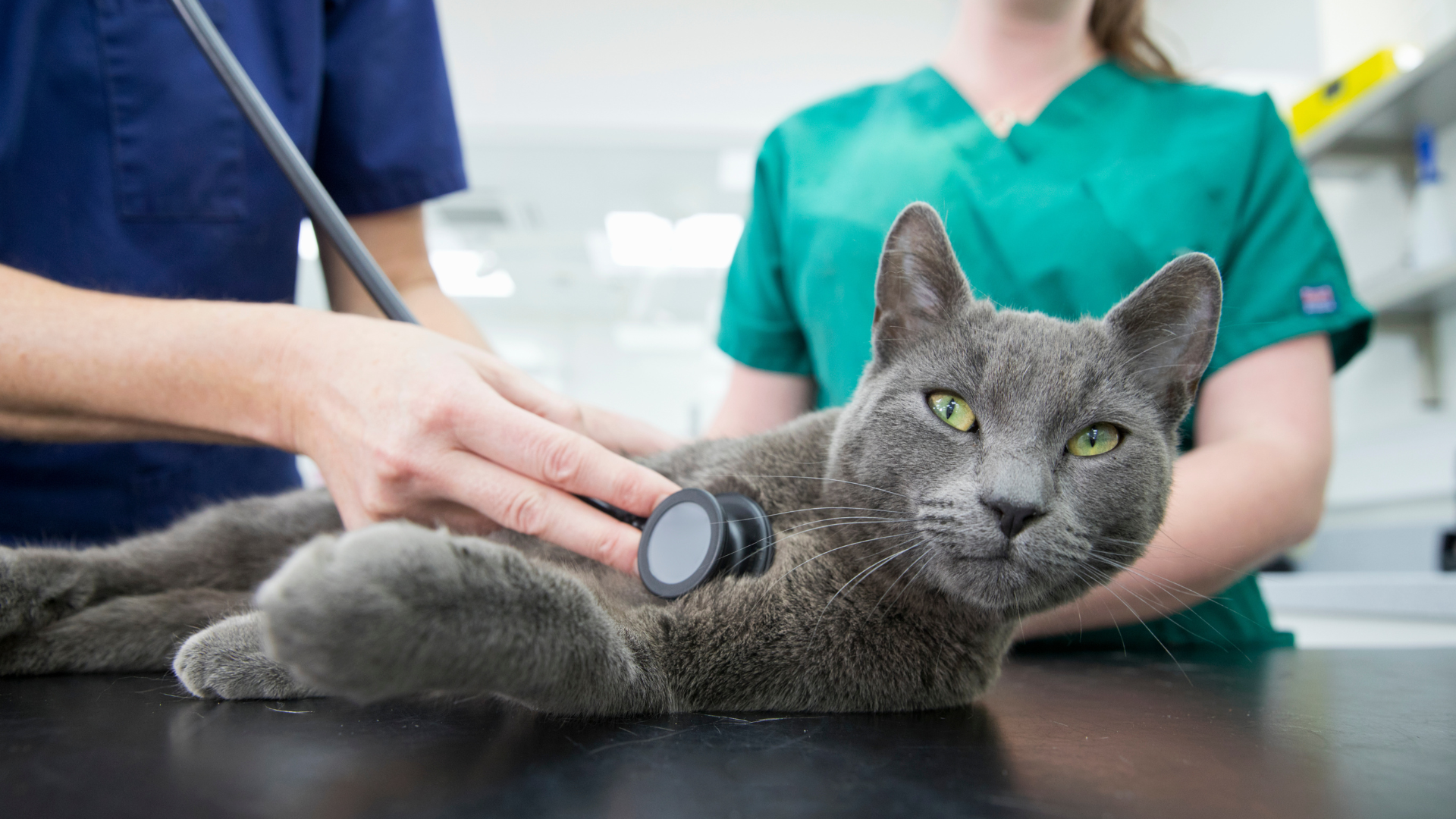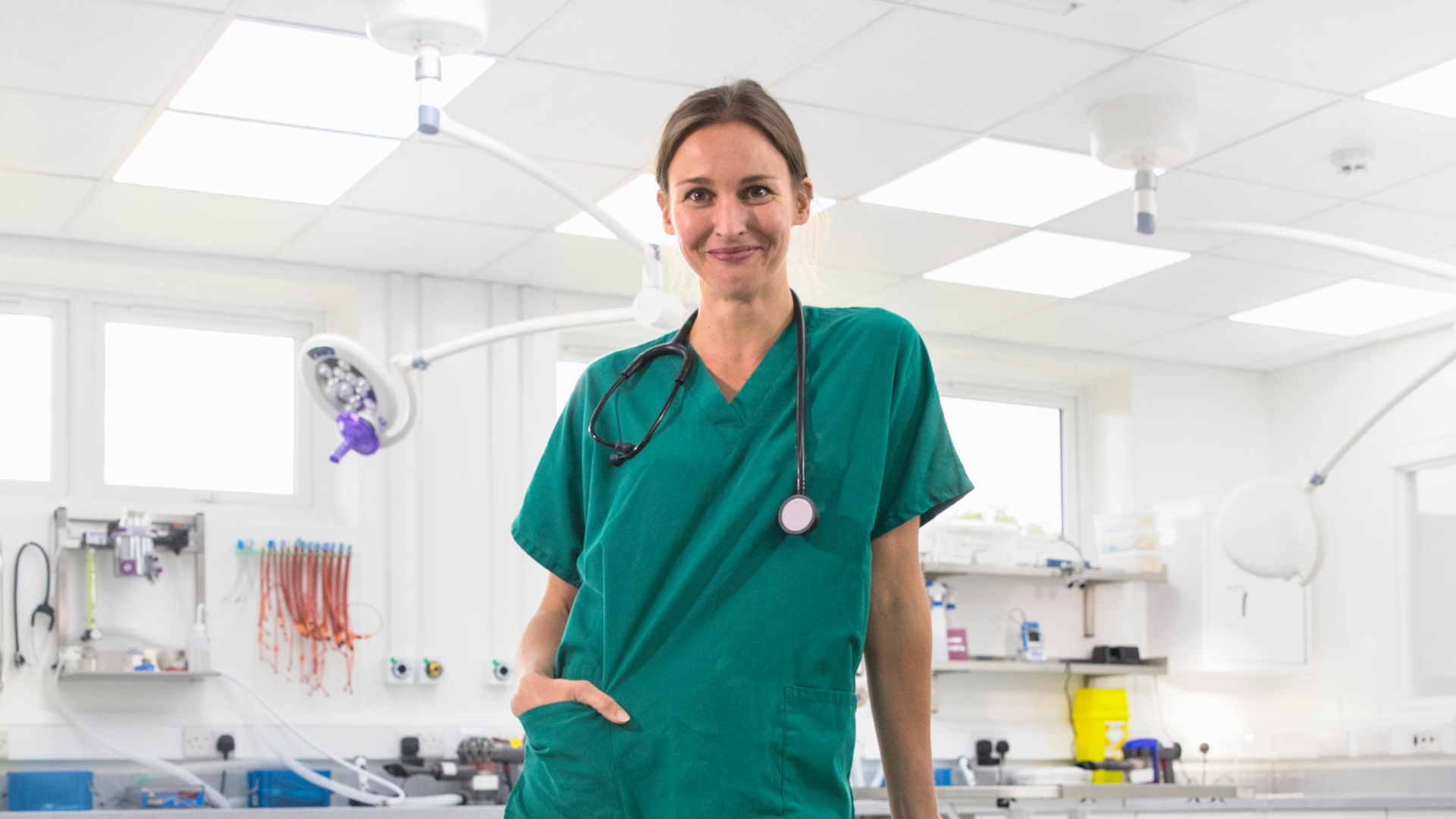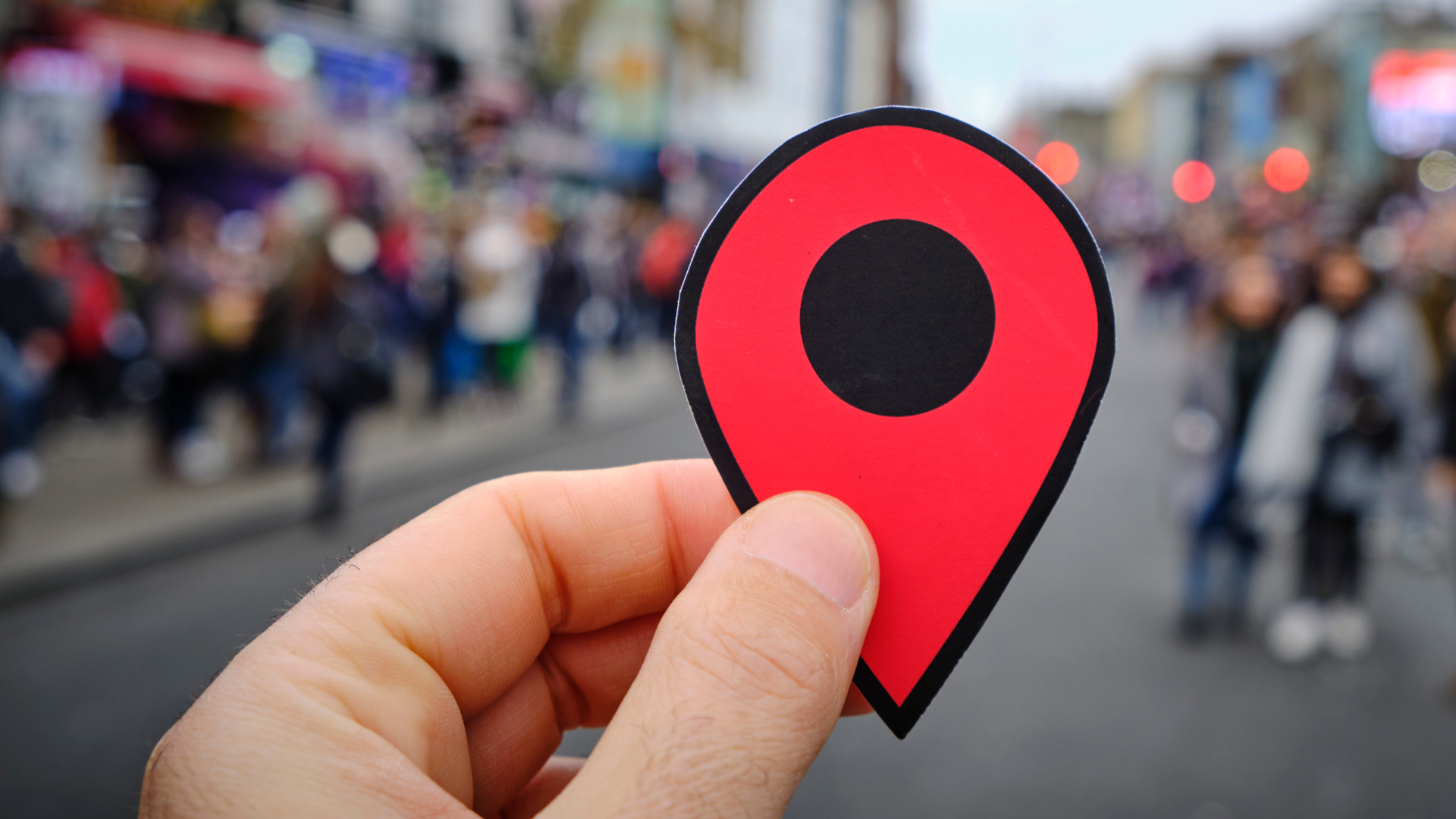
By Brian Faulkner, BSc (Hons), BVM&S, CertGP(SAM), CertGP(BPS), MBA, MSc(Psych), FRCVS, Veterinary Clinician, Business Consultant and co-founder of Vetprenuer
Choosing your practice location is possibly the most important decision you will make when setting up your veterinary business. Your practice premises need to be both functional and appealing. However, finding the right premises, in the right location, in the right area is challenging.
In this first in a series of four videos, created and presented by Vetpreneur, the membership organisation for those who wish to set-up, launch and grow their veterinary practice, Brian analyses where to situate your premises using a ‘location, location, location’ formula, which refers to; the geographical area, the building and grounds and the internal layout of the premises.
Keep reading for a quick overview of what is included in the video.
Location 1: The local area
Although the perfect area and opportunity rarely exist nowadays, Vetpreneurs should compare any proposed area against what would be considered ‘ideal’. Of course, you may be restricted, or simply prefer, to locate your new veterinary practice near where you currently live, but it is still useful to objectively assess how attractive an area is from a commercial point of view.
An ideal location would be in a highly populated area with an affluent clientele, typically owning two well-insured pets. The competition should be minimal or weak, such as clinics that are overpriced for the services they provide, operate from outdated premises with outdated equipment, and/or are inconsistently staffed, leading to low morale. Additionally, it’s also important to consider options for out-of-hours care unless you plan to provide it yourself.
Location 2: The premises
The second dimension of Location, Location, Location is the premises. Of course, desirable premises always cost more, and there is a balance to be struck between the rent/ mortgage that one has to pay versus the extra revenue that premium locations generate.
That said, £10,000 more in rent per year for the right location often results in much more than £10,000 in turnover once the business is established. Purchasing is always preferable to leasing a building, although, of course, this requires the capital to do so.
Premises need to have access to ample parking and be large enough, as the size of the building determines the maximum operational capacity of the practice in terms of consulting space/rooms and theatres.
A general rule of thumb however is that, on average, a practice turns over £5,000 per square metre, or 10 square feet, per annum; some practices will do much more than £5,000 per m2, but many do much less, and so £5,000 is a reasonable approximate estimation.
Ideally, the premises need to be visible to passing traffic or close to other frequented services, such as retail centres, and have access to sufficient parking for clients and staff. The building needs to be aesthetically appealing, or at least capable of becoming so.
Location 3: The internal layout, décor and design of the premises
The third dimension is the internal layout, décor and design of the premises. The layout of the practice involves several key considerations to ensure an efficient, comfortable, hygienic, safe and welcoming environment for animals, their owners and staff.
The following features and systems will need to be included and/or considered in order to produce plans, designs and specifications that satisfy architects, contractors, building control inspectors and interior designers:
Heating, ventilation, and air conditioning
Electrical systems – include considerations such as where power sockets need to be located within each room, as well as location and style of lighting for ambient, clinical and emergency purposes. A three-phase electrical supply will be necessary for high-demand appliances such as a CT scanner.
Plumbing systems – include supply and drainage to and from fixtures and appliances. You will need to take into account toilets, sinks, a washing machine, a dishwasher and if relevant, outside taps.
Fire safety systems – these will vary according to the building but at a minimum will include the installation of smoke detectors, fire alarms and emergency exits. The local authorities will always recommend sprinkler suppression systems but consider taking advice as to whether they are legally required in your particular premises.
Security systems, intruder alarms and surveillance equipment – these are often installed in conjunction with fire safety systems.
Telephone systems, information technology and communications networks, hubs and data points – the location and logistics of these also need to be considered.
And finally, interior finishes and furnishings – these need to be durable, with non-slip flooring materials appropriate to each area. Walls and ceilings need to be easy to clean and maintain and suitable for the intended use.
Watch the full video….
Find out more about Vetpreneur or Join Vetpreneur’s Whatsapp Membership Community
Discover more…
Brian will be chairing a panel discussion “Setting up for success: Crafting your dream practice business plan” as part of the New Practice Academy at LVS 2024.
More about the author:
Brian Faulkner, Veterinary Clinician, Business Consultant and co-founder of Vetpreneur

Brian Faulkner, BSc (Hons), BVM&S, CertGP(SAM), CertGP(BPS), MBA, MSc(Psych), FRCVS, is co-founder of Vetpreneur, a community which connects entrepreneurs and experts in order to access the knowledge and resources required to start-up and scale-up a successful veterinary practice.Brian is an Associate Professor of Veterinary Business at Nottingham University and has been involved in the set-up and launch of at least 11 new veterinary practices, including Aldeburgh Vets in Suffolk, where he currently works as a clinician at least 3 days per week.
The article was originally posted in The Cube magazine, October 2024 issue. Click here to read the magazine.
